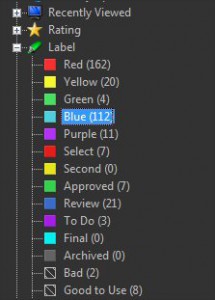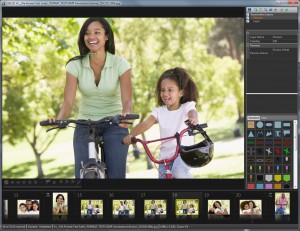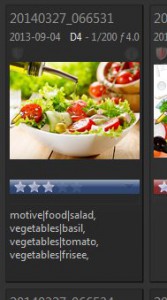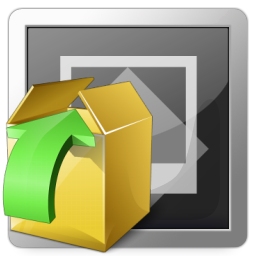Ignoring Small Embedded Previews in RAW Images
RAW Previews Sometimes older RAW files have embedded preview images with dimensions much smaller than the RAW file itself. For example, some early cameras included smallish 1200 pixel previews even if the RAW had 3500 or more pixels in each dimension. The digital asset management system IMatch by default uses the embedded preview image to […]
Ignoring Small Embedded Previews in RAW Images Read More »










